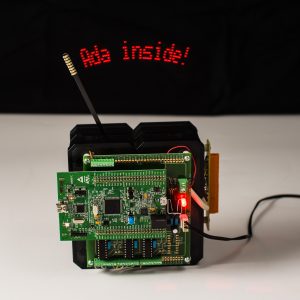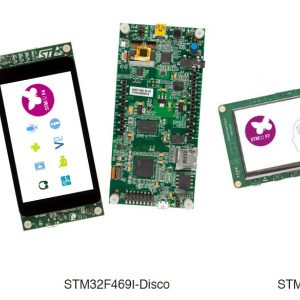Task Suspension with a Timeout in Ravenscar/Jorvik
This blog entry shows how to define an abstract data type that allows tasks to block on objects of the type, waiting for resumption signals from other components, for at most a specified amount of time per object. This "timeout" capability has been available in Ada from the beginning, via select statements containing timed entry calls. But what about developers working within the Ravenscar and Jorvik tasking subsets? Select statements and timed calls are not included within either profile. This new abstraction will provide some of the functionality of timed entry calls, with an implementation consistent with the Ravenscar and Jorvik subsets.

